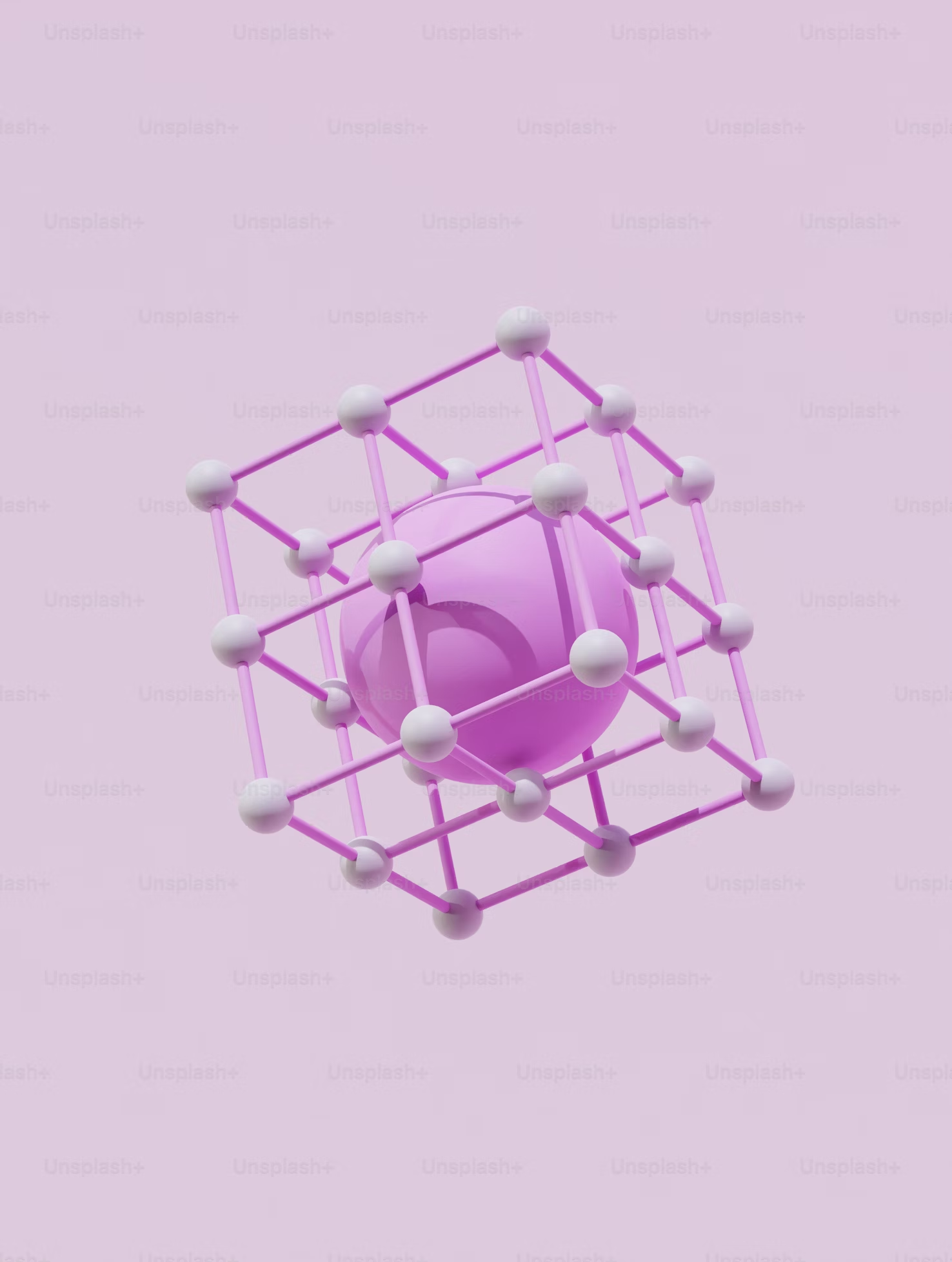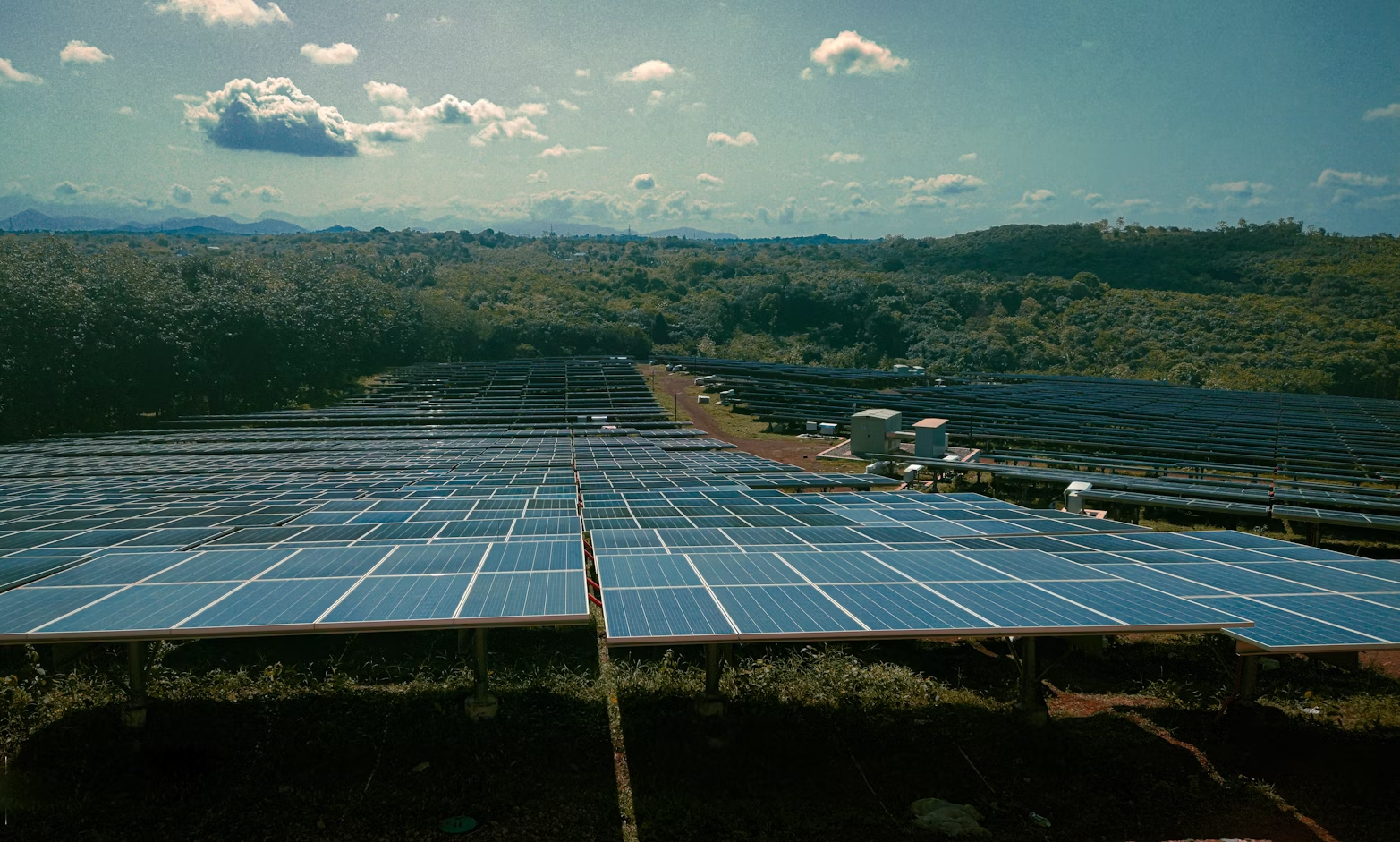—Here Comes (Perovskite Solar Cell Powered by) The Sun
The Beatles released Here Comes The Sun in 1969, but no song could have predicted the major breakthroughs of solar energy coming in 2025!
With the brand-new Perovskite solar cell (PSC), solar energy technology gets a major upgrade. An upgrade inside of labs, at the atomic level, with lab results that prove an outstanding improvement of efficiency.
—So, what are the Perovskite solar cells? How do they work, and why are PSC more efficient than traditional silicon-based cells?
In this article, we explore all the answers to these burning questions, and seek valuable insights about the future of sustainability and solar energy.
(Feature Image: University of Oxford)

How Does The Perovskite Solar Cell Work?
Perovskite solar cells convert sunlight into electricity. Read on to understand how these cells work, and learn about their material composition, structure, and operational principles:
Material Composition

Structural Properties

Operational Principles

Material composition: The specific crystal structure called perovskite is the origin of the name Perovskite solar cells. The most common material of PSC is a compound of lead or tin, combined with organic materials. Main components include:
- Lead Iodide (MAPbI3): offers high light absorption and efficient charge transport
- Tin Iodide (MASnI3): a less toxic alternative with good performance.
- Organic Cation: this stabilizes the structure.
The perovskite structure consists of a three-dimensional arrangement of atoms. Important features include:
- Grain Size: larger grains improve efficiency and minimize defects
- Layering: thin layers allow more sunlight absorption, and are a cost-effective solution.
The unique perovskite structure has a cubic lattice. This structure makes the transportation of electrons easier, which is vital for energy conversion.
Operational principle: Perovskite solar cells absorb sunlight, and then generate electron-hole pairs. The sun energy excites electrons from the valence band to the conduction band. Main steps of operation are:
- Absorption: the Perovskite layer absorbs the sunlight
- Charge Generation: excited electrons move to the conduction band, which leaves holes behind
- Charge Separation: built-in electric fields near junctions separate charges
- Transport: electrons move through the material to the electrode.
Performance, Efficiency, Benefits
of The Perovskite Solar Cell
Perovskite solar cells have remarkable performance and efficiency of sunlight conversion into usable electrical energy. This is because of the excellent properties of light absorption and charge transport.
To improve the efficiency of the PSC technology, researchers use strategies such as:
- Material Optimization: the creation of different compositions of perovskite materials, (such as mixed halides), which improve light absorption and stability.
- Interface Engineering: the improvement of the layers between the perovskite and charge transport materials, which enhances charge transport.
- Additives: the incorporation of specific additives during the fabrication process, which improves performance.
Key Performance Metrics
Of The Perovskite Solar Cell
Main metrics that measure the performance of perovskite solar cells:
- Power Conversion Efficiency (PCE): this indicates how well a solar cell converts sunlight into usable electrical energy. The current performance and PCE of perovskite cells exceeds 25%, which is higher than the PCE of traditional silicon-based cells
- Stability: the period a solar cell maintains its efficiency is crucial. Researchers work on the improvement of stability of the Pervoskite solar cell, under various environmental conditions. This is extremely important for the practical Pervoskite solar cell applications.
- Fill Factor (FF): this metric reflects the quality of the solar cell’s output. A higher fill factor means better performance. Most high-efficiency perovskite cells achieve FF values above 80%.

Fabrication Techniques
—How Is The Perovskite Solar Cell Made?
Explore the fabrication methods used to create perovskite solar cells, and their unique advantages and challenges:
Solution
Processing

Vapor Deposition Methods

Scalable Manufacturing

Solution processing uses liquid mixtures to create perovskite materials. Common solution processing methods, which can produce high-quality filmes, include:
- Spin-coating: To spread the material in a thin layer, at high speeds, on a substrate
- Doctor-blading: To use a blade to spread the solution evenly.
Pros: This technique is often simple, cost-effective, and allows for easy control over the composition and thickness of the layers. Therefore, this technique is ideal for small-scale production and research.
Cons: There might be challenges to get uniform layer thickness over larger areas.
Vapor deposition involves the deposition of perovskite materials, from the gas phase onto a substrate. Common vapor deposition methods, which allow for precise control over the material properties, include:
- Thermal evaporation: To melt the material in a vacuum, then condense the material on the substrate.
- Chemical vapor deposition: To use chemical reactions that make gases form a solid layer on the surface,
Pros: These techniques create high-quality, uniform films, with better scalability for mass production. This is ideal for commercial production
Cons: They can be more expensive than solution processing.
This is to produce perovskite solar cells at larger scales, with the aim to reduce costs and maintain quality. Common scalable manufacturing methods include:
- Slot-die coating: To apply a continuous film of material through a slot-die head, enabling high-speed production
- Inkjet printing: To place materials precisely, layer by layer. Ideal for complex patterns.
Scalable manufacturing methods bridge the gap between lab-scale techniques and large-scale production. This helps perovskite solar cells to supply energy demands effectively.
Sustainability Issues
Of The Perovskite Solar Cell
Perovskite solar cells present certain sustainability issues, such as:
- Lead toxicity, leakage into the environment, the recycling of lead. The respective solution to this issue is encapsulation, or the use of tin instead of lead.
- Toxic solvents in the solution processing technique. The respective solution to this issue is green solvent engineering.
Stability & Longevity
—How To Build Perovskite Solar Cells That Last?
Stability and lifetime can present challenges that impact Perovskite solar cells, such as:
Environmental Degradation
Certain environmental factors can deteriorate the PSC:
- Moisture: water can break down the perovskite material, which reduces efficiency.
- Heat: high temperatures can destabilize the cell structure, which causes degradation.
- UV Radiation: the sunlight can degrade certain components in the cells.
It is necessary to amend these factors, as they can decrease efficiency, over time.
Stability Improvement
To tackle the stability hurdles of perovskite solar cells, some methods are necessary:
- Material coatings: to apply protective layers, which protect the cells from moisture and UV light
- Additives: to use certain chemicals into the perovskite formulation, which can improve resistance to thermal and environmental stress
- Encapsulations: to seal cells in moisture-resistant materials, which can significantly prolong their lifespan.
Conclusion
- Perovskite solar cells are the revolution in the energy game. With lab efficiencies of 25%, these cells promise a cost-effective, high-performance alternative to traditional photovoltaics.
- According to a report of the International Energy Agency:
”In 2030, renewable energy sources are used for 46% of global electricity generation, with wind and solar PV together making up 30%. By 2030, however, solar PV becomes the foremost renewable electricity source, followed by wind, both surpassing hydropower.”
